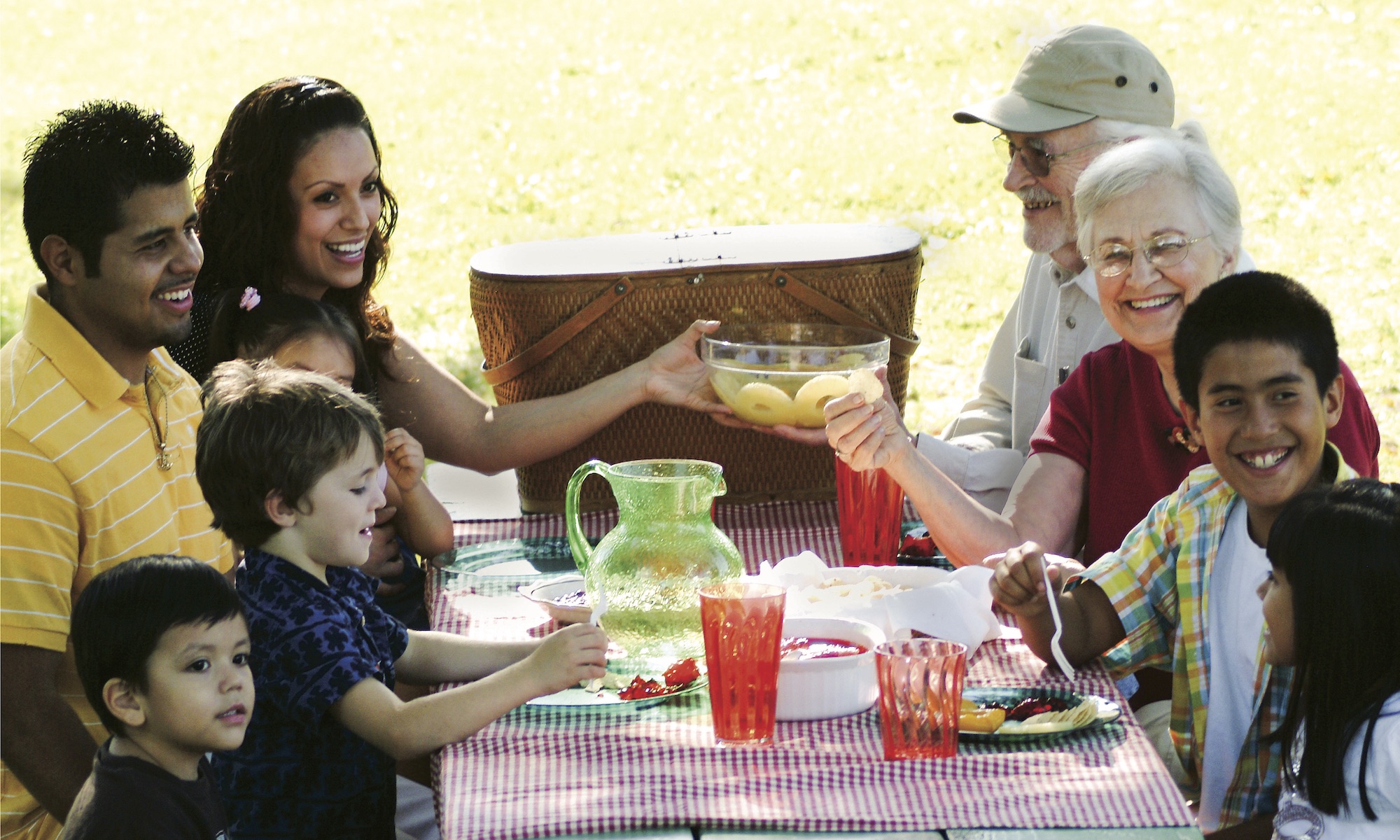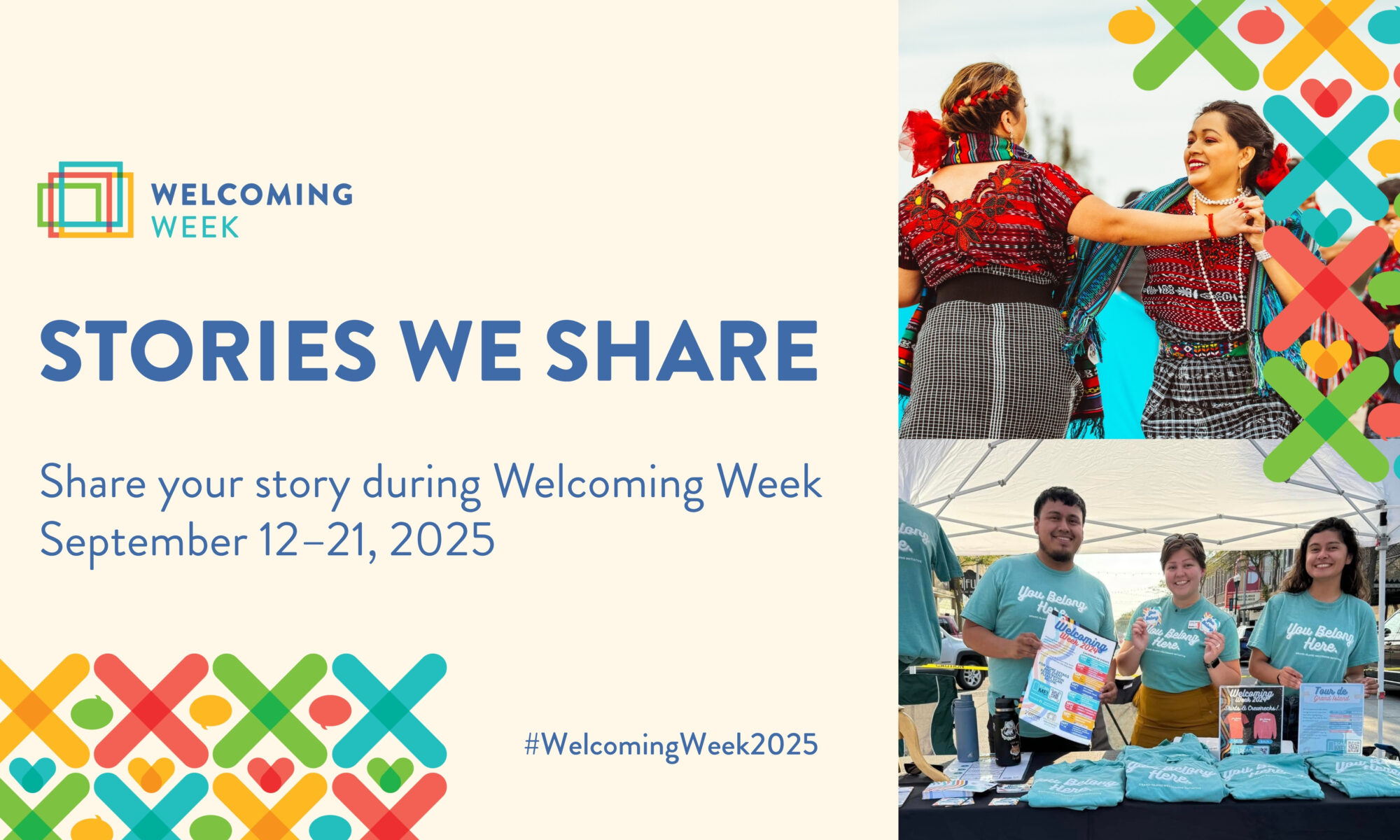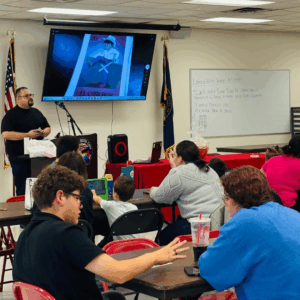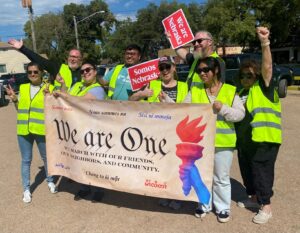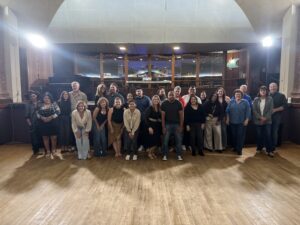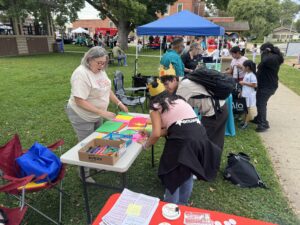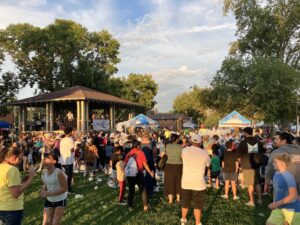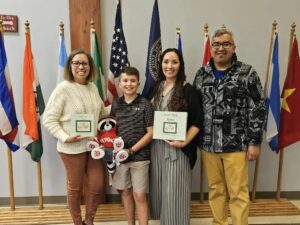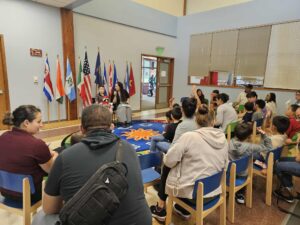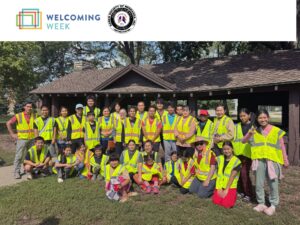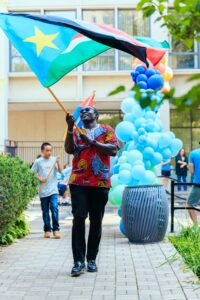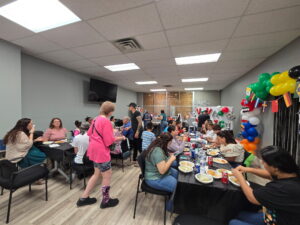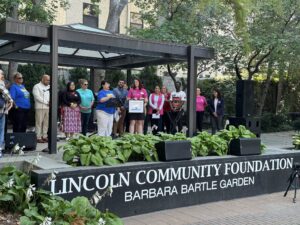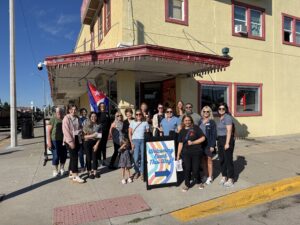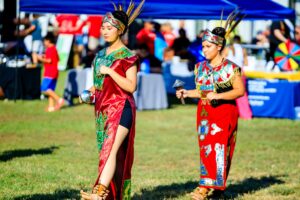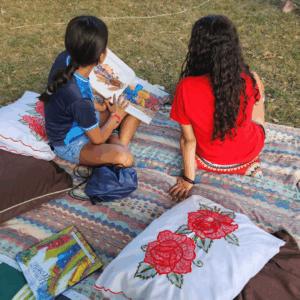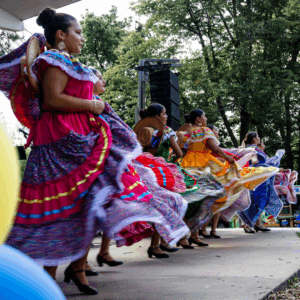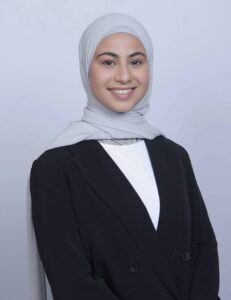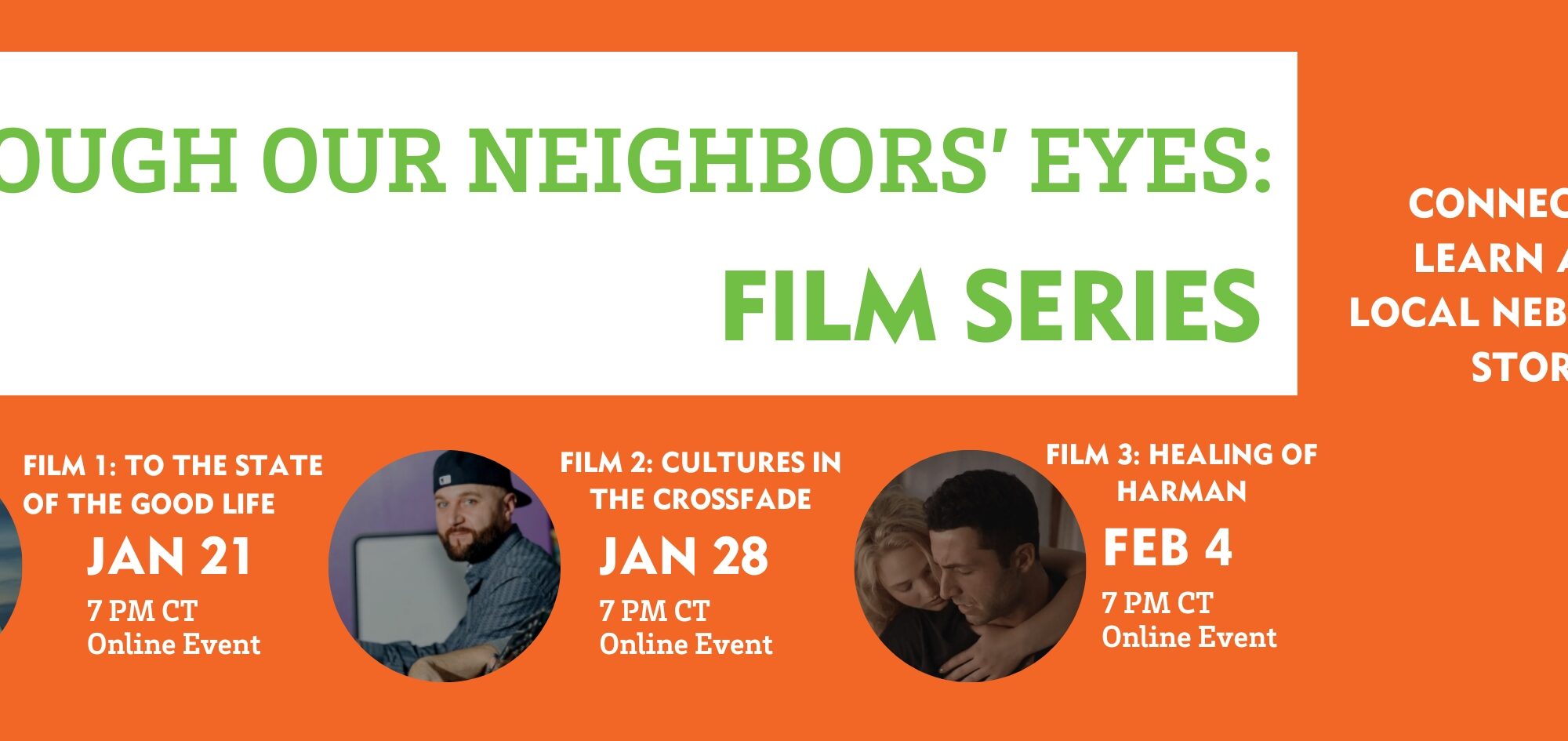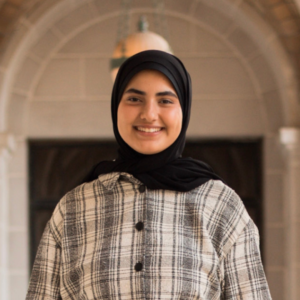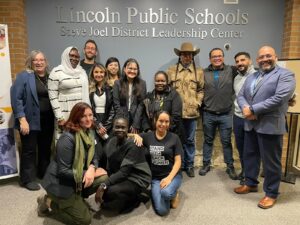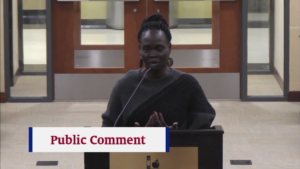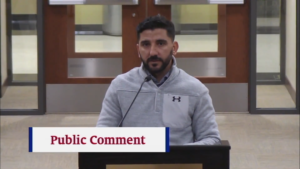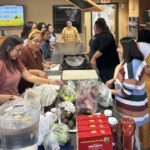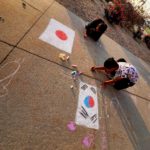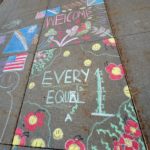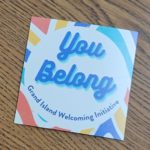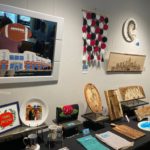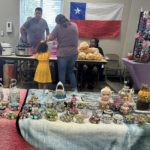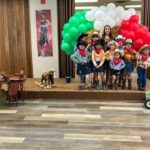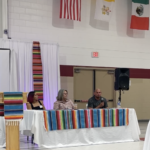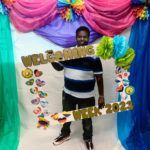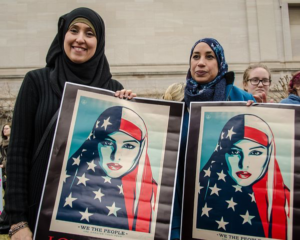Welcoming Week 2025: Stories We Share
Welcoming Week: September 12-21 and beyond!
Welcoming Week 2025 has been a beautiful celebration of Nebraska’s cultural richness, inclusion, and building strong connected communities – with a few more events still to come! This year, creative Welcomers across Nebraska are hosting over 70 events in more than 9 communities across the state from Scottsbluff and Grand Island to Crete and South Sioux City. Events included local business tours, community celebrations, cultural festivals and performances, main street parades, learning events and conversations, multilingual storytelling, and neighbors coming together to share space in art, music and food, all to ensure everyone in our community can feel a sense of belonging!
Check-out these photos of a few more of the #WelcomingWeek2025 events that have happened across Nebraska:
Celebrando Siouxland & Lotería Night with Unity in Action and many local partners
We Are One & Salsa Night with Grand Island Welcoming Initiative
Celebrate Crete with Doane University and Crete in Motion
Family Fun Night with Lexington Public Library & TinaMaria – HOPE Esperanza
Community Potluck with HOPE Esperanza & Friends
Lincoln Unites! Celebration & Karen Society of Nebraska service project
Join the Statewide Celebration: Nebraska Stories We Share!
This Welcoming Week kicked off a story gathering effort that continues after Welcoming Week through the year. Nebraskans everywhere are lifting up the journeys, traditions and roots that connect us all.
It’s easy to join! Just follow these easy steps:
- First, select a story prompt to use to tell your story.
- Second, select how to share your story.
- Third, use our toolkit to find tools and resources to help tell your story.
Access the toolkit here to learn more and join us!
(You will have access to social media templates, and printouts for in-person gatherings)
Don’t forget to submit your own story and be featured on Nebraska is Home social media, helping inspire connection and belonging across our state. Together, we’re showing that We Belong Together.
Beyond Welcoming Week events to come!
Click here to find a few more local Nebraska events NEAR YOU! …And then Nebraska communities’ local inclusion and belonging work continues! Take a moment to reflect on your Welcoming Week and the opportunities to build upon it – whether inviting someone new you met to another community event, continuing your personal learning, expanding community learning, or maybe just regrouping with other Welcomers to say “What’s next?”
Thank you to all for celebrating Welcoming Week 2025 and for being an integral part of what makes Nebraska home for so many! Please reach out to us to support additional welcoming and belonging efforts throughout the year.
